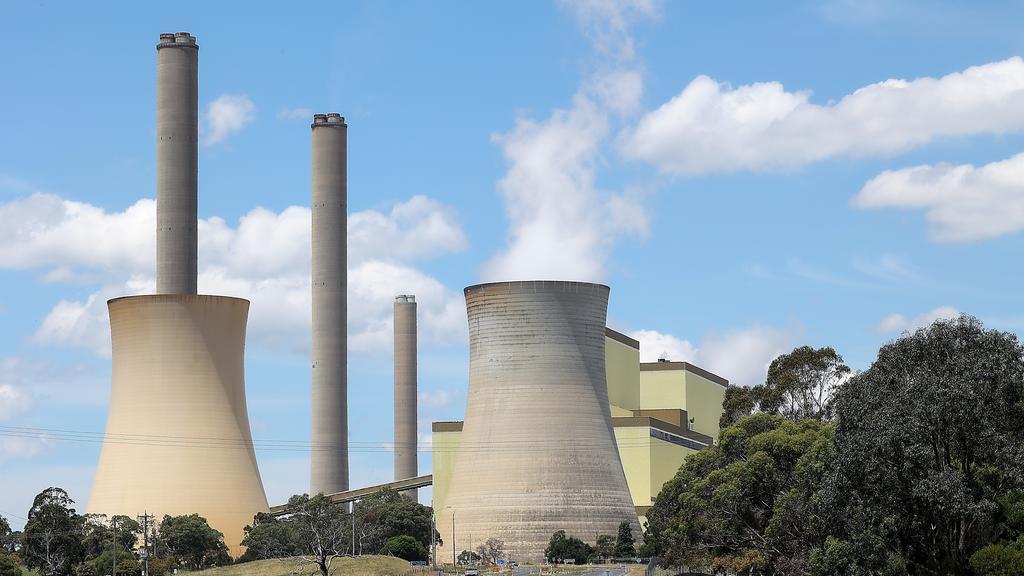
Article by Colin Packham, courtesy of The Australian
15.07.2025

Offshore wind developer BlueFloat Energy has abandoned plans for one of Victoria’s most advanced offshore wind projects after failing to secure a buyer, dealing a fresh blow to the state’s ambitious clean-energy transition.
The Spanish-headquartered group had been quietly shopping the project to potential buyers as its US backers cooled on the industry, but has now formally decided not to proceed after failing to attract a bidder, industry sources told The Australian.
It marks one of the first significant casualties in Australia’s nascent offshore wind sector, which has struggled to overcome investment hurdles despite being central to Victoria’s plan to phase out coal and replace it with renewable energy.
Sources familiar with the BlueFloat situation said the company remains hopeful of securing interest in its less advanced NSW offshore wind project. However, the prospects are seen as challenging as it will require floating turbines – nascent and comparatively expensive – while the development also has sizeable local opposition.
The decision to pull the Victorian project comes just weeks after The Australian first revealed that BlueFloat was seeking a buyer. The company’s withdrawal underscores the growing difficulties for offshore wind proponents trying to navigate complex regulatory, environmental and financial barriers in Australia.
Victoria has made offshore wind a cornerstone of its energy transition strategy. The state has set ambitious targets to develop two gigawatts of offshore wind by 2032, scaling up to 9GW by 2040, in a bid to replace ageing coal-fired generators and meet emissions reduction goals.
But the collapse of the BlueFloat project raises fresh questions about the viability of those targets, particularly as other developers grapple with rising costs, supply chain constraints and the slow pace of federal environmental approvals.
While onshore wind and solar projects have become the dominant source of new electricity generation in Australia, offshore wind projects are far more capital-intensive and require substantial transmission upgrades, port infrastructure and longer lead times.
The offshore wind sector globally has also faced headwinds in the past year. Major developers in the US and Europe have delayed or cancelled projects due to higher interest rates, inflationary pressures and supply chain bottlenecks.
BlueFloat’s retreat follows warnings from some industry players that the Australian market may not yet be mature enough to support large-scale offshore wind developments without significant policy and financial support.
Victorian Energy Minister Lily D’Ambrosio has previously insisted the state remains committed to offshore wind as a key pillar of its decarbonisation agenda. However, the collapse of one of the most advanced projects could intensify scrutiny over the government’s timelines and risk management.



